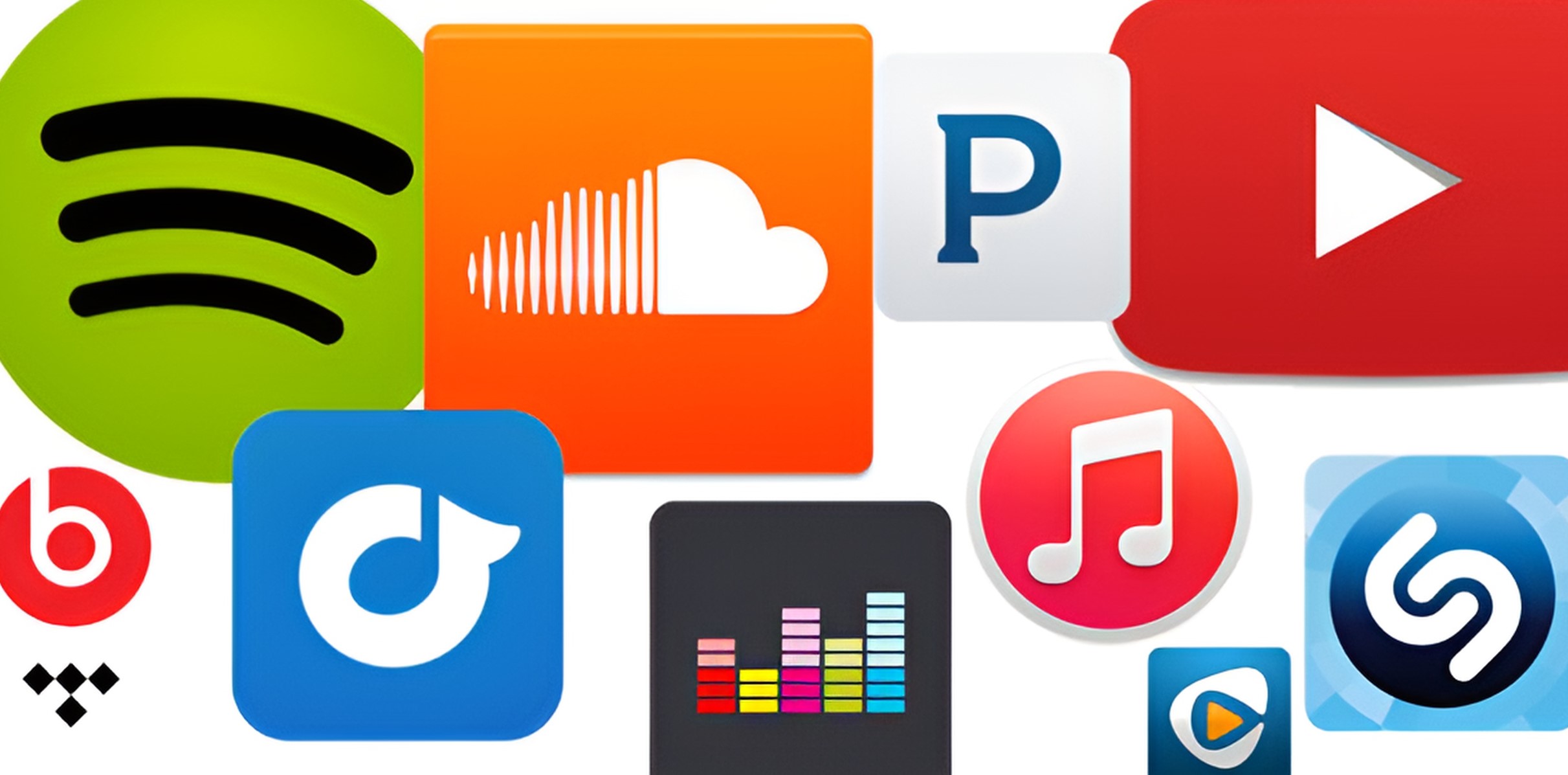Among the hundreds of tools that the digital age has brought to the world of music and songs, there is one that is especially broad, confusing and important: DSPs.
Whether you see them as a source of income or as a channel to promote and broadcast your music, these services have millions and millions of listeners, so it is impossible to ignore them if you have a personal project, a band or want to prosper in the music industry in any way. Let's see what is hidden behind those three mysterious letters.
What is a DSP or Digital Streaming Platform?
The concept of a Digital Services Platform (DSP) can be a little tricky to grasp, basically because it refers to different types of online services, whether it's audio-only, video-only, or other content. But let's try to make it clear in the following lines. A DSP is any online platform that delivers media to consumers, which could be audiovisual media such as movies, TV shows, user-generated videos, or music. Some DSPs, like Amazon, handle multiple types of media, while others like Hulu and Netflix focus only on movies or TV. YouTube is a DSP that handles all types of media, including user-generated content.
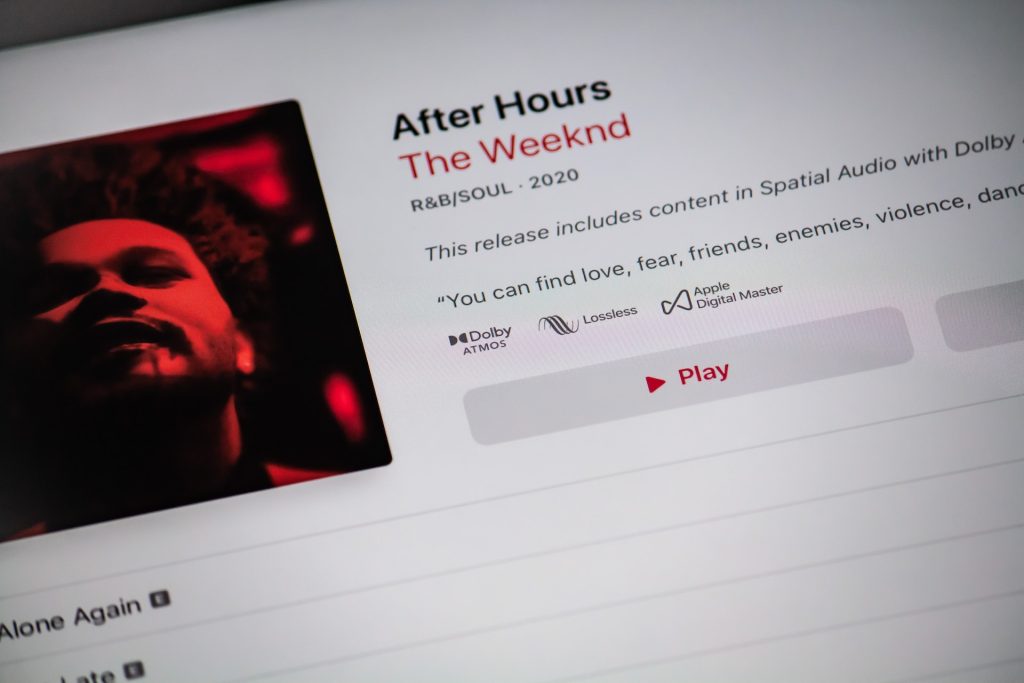
Types of DSPs
The services that a platform can provide fall into two basic categories: interactive and non-interactive. A digital content platform interactive means that a user can have an effect on what they are watching or listening to. For example, on YouTube, users can stop, skip, play, search for a specific video, or create a playlist. On Spotify, users can search for a song, artist, or genre and create their own unique listening experience. Even on Netflix or Disney Plus, there is an interactive experience because users choose what they want to watch. Experiences non-interactivedo not allow users to choose specific music, only the station. Live TV streaming over the internet is also non-interactive; users can choose which channel to watch but cannot choose what is on that channel at any given time. Some DSP services offer both an interactive and non-interactive experience for users, such as Hulu Plus Live TV or Sling TV, where users can watch some things interactively or watch live TV non-interactively.
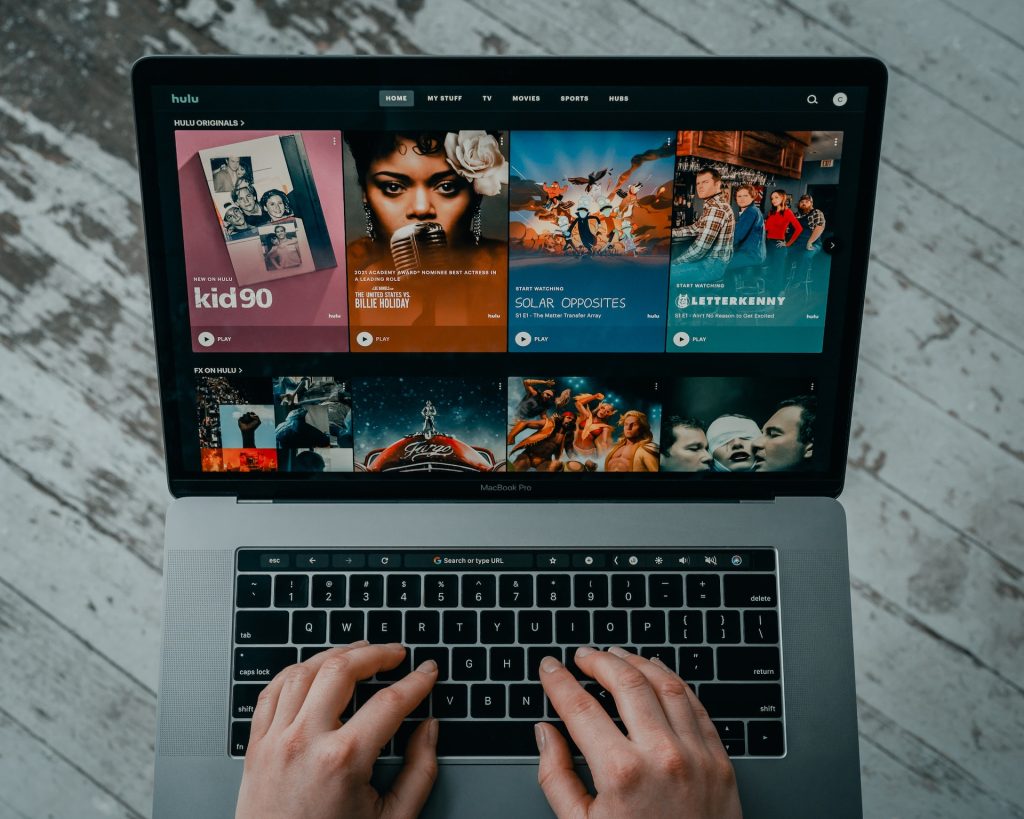
Interactive vs Non-interactive musical DSPs
Digital Service Platforms are essential in the modern music industry, allowing users to access a wide variety of music content from around the world. Let's take a deeper look at these interactive and non-interactive services, their unique features and benefits, focusing on those that provide music and songs prominently.
Interactive
Interactive DSPs allow users to have complete control over their listening experience. This means they can search for and select specific songs, create custom playlists, skip songs they don’t like, and repeat songs they love. Some examples of interactive DSPs include Spotify, Apple Music, and Tidal. These platforms typically offer a more personalized experience, as they use algorithms to suggest songs and artists based on a user’s preferences and listening history. This can help users discover new music that aligns with their tastes.
Non-Interactive
On the other hand, non-interactive DSPs work similarly to traditional radio. Users can select a station or a genre of music, but they have no control over the specific songs that are played. An example of this type of platform is Pandora. Although users cannot control the music that is played, these platforms often use sophisticated algorithms to create personalized radio stations based on user preferences. This can provide a more passive listening experience, where users can discover new music without having to actively search for it. Here is a table with some examples of interactive, non-interactive, and both DSPs:
DSP TypeExamplesInteractiveSpotify, Apple Music, Tidal, Deezer, Amazon Music, YouTube MusicNon-InteractivePandora (radio mode), iHeartRadio, TuneInBoth optionsPandora (offers radio mode and specific song selection in its premium version), Napster, SoundCloud In any case, it should be noted that the classification of DSPs can vary depending on the specific characteristics of each service, and some platforms may offer different levels of interactivity depending on the type of subscription the user has. For example, Pandora in its free version works as a non-interactive DSP, but with the premium subscription, users can select specific songs, which makes it an interactive DSP.
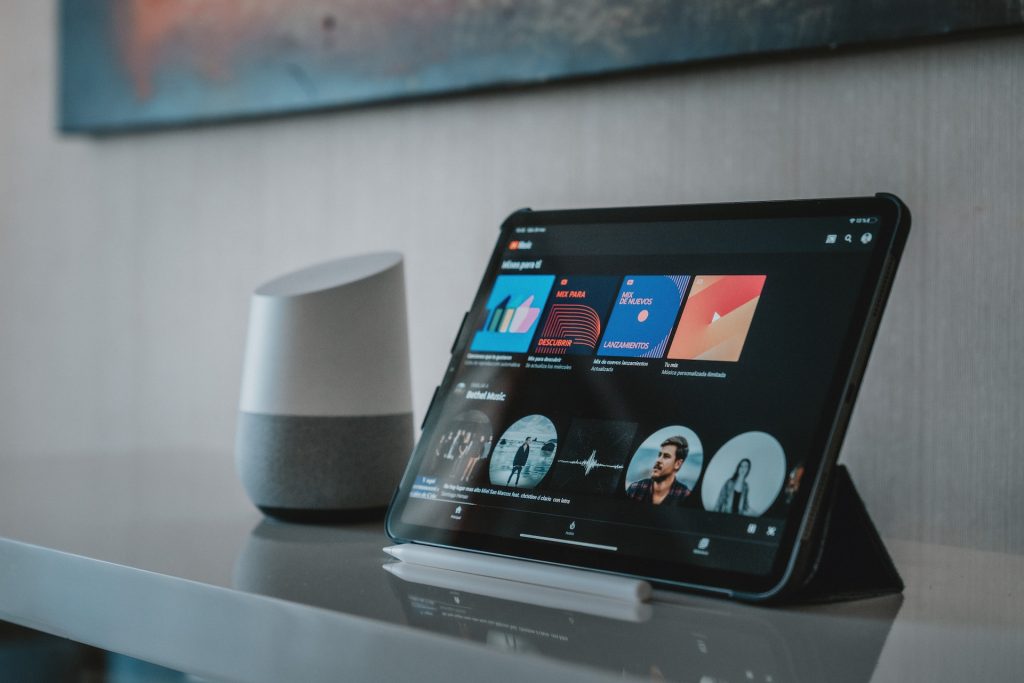
Money, royalties and DSPs dedicated to music
There’s no doubt about it. These digital platforms have revolutionized the way music is consumed, allowing users to access millions of songs with just a few clicks. However, they have also changed the way artists and rights holders make money from their music. This is where royalties come into play.
Royalties and DSPs
Royalties are payments made to artists and rights holders for the use of their music. In the case of DSPs, royalties are generated each time a song is played on the platform. The exact amount of royalties can vary depending on a number of factors, including the country in which the song is played, whether the user has a paid or free subscription, and the total number of streams on the platform.
How royalties are distributed
The way royalties are distributed can also be quite complex. In general, royalties are split between the copyright holders of the sound recording (usually the artist and the record label) and the copyright holders of the musical composition (usually the songwriter and the publisher). In addition, the way royalties are calculated and distributed can vary from one DSP to another. For example, Spotify uses a “royalty pool” model, where all of the platform’s revenue is put into a “pool,” and then distributed to rights holders based on their share of total streams.
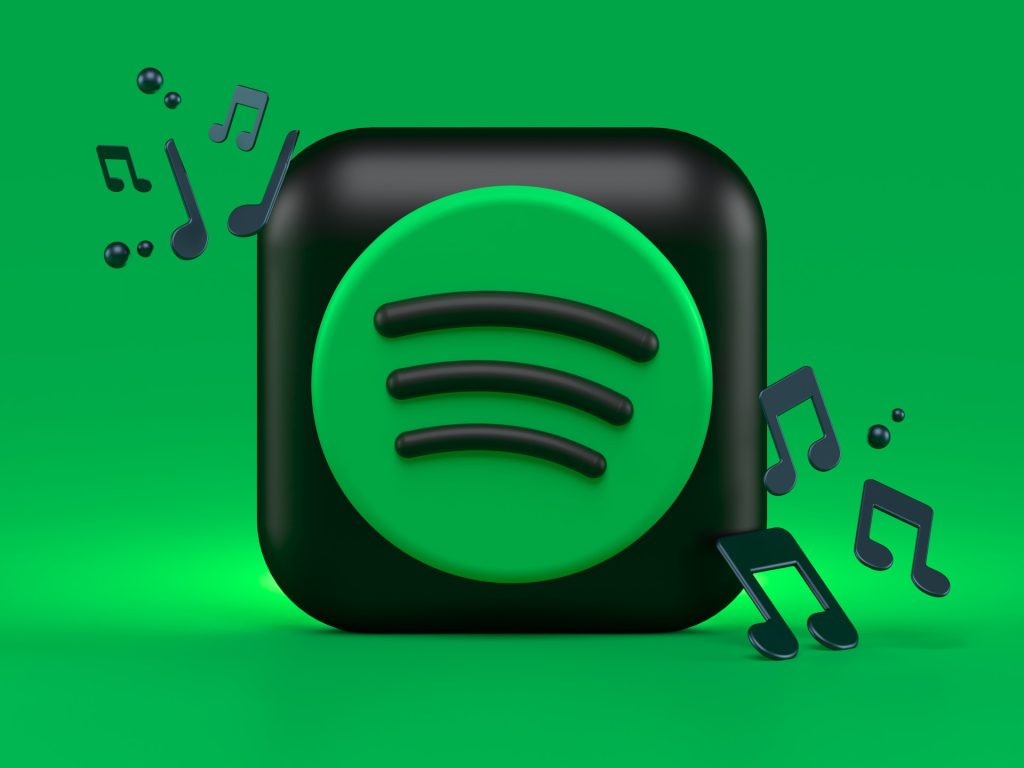
You can find out more about the money flow from music royalties here.
Challenges and criticisms
Although DSPs have provided a new revenue stream for artists and rights holders, they have also been subject to criticism. Many artists have argued that the royalties they receive from DSPs are too low, especially when compared to physical music sales and digital downloads. Furthermore, the royalty distribution model of many DSPs has been criticized for favoring the most popular artists. Since royalties are distributed based on the total number of streams, artists who receive millions of streams tend to receive a larger share of the royalties, while lesser-known artists may receive very little.
Conclusions
In short, DSPs have changed the way artists and rights holders make money from their music. And while they have provided a new source of income, they also raise a number of questions about the way royalties are calculated and distributed. So much so that, for a huge number of bands, singers and musicians, a platform of this kind is more a means of getting noticed than a way to make stable or sufficient money. It is the world we have, whether we like it or not, and we must understand it in order to position ourselves in it and, if necessary, be able to take advantage of its characteristics for our interests, to find the public that will sing our songs, hum our melodies and make them their own, to make our way through the avalanche of proposals and the noise that dominates the streets and the media, to give, perhaps, some sense to all this. #mailpoet_form_3 .mailpoet_form { } #mailpoet_form_3 .mailpoet_column_with_background { padding: 10px; } #mailpoet_form_3 .mailpoet_form_column:not(:first-child) { margin-left: 20px; } #mailpoet_form_3 .mailpoet_paragraph { line-height: 20px; margin-bottom: 20px; } #mailpoet_form_3 .mailpoet_segment_label, #mailpoet_form_3 .mailpoet_text_label, #mailpoet_form_3 .mailpoet_textarea_label, #mailpoet_form_3 .mailpoet_select_label, #mailpoet_form_3 .mailpoet_radio_label, #mailpoet_form_3 .mailpoet_checkbox_label, 3 .mailpoet_list_label, #mailpoet_form_3 .mailpoet_date_label { display: block; font-weight: normal; } #mailpoet_form_3 .mailpoet_text, #mailpoet_form_3 .mailpoet_textarea, #mailpoet_form_3 .mailpoet_select, #mailpoet_form_3 .mailpoet_date_month, #mailpoet_form_3 .mailpoet_date_day, #mailpoet_form_3 .mailpoet_date_year, #mailpoet_form_3 .mailpoet_date { display :block; } #mailpoet_form_3 .mailpoet_text, #mailpoet_form_3 .mailpoet_textarea { width: 200px; } #mailpoet_form_3 .mailpoet_checkbox { } #mailpoet_form_3 .mailpoet_submit { } #mailpoet_form_3 .mailpoet_divider { } #mailpoet_form_3 .mailpoet_message { } #mailpoet_form_3 .mailpoet_form_loading { width: 30px; text-align: center; line-height: normal; } #mailpoet_form_3 .mailpoet_form_loading > span { width: 5px; height: 5px; background-color: #5b5b5b; }#mailpoet_form_3{border: 1px solid #fcb900;border-radius: 40px;text-align: center;}#mailpoet_form_3 form.mailpoet_form {padding: 20px;}#mailpoet_form_3{width: 70%;}#mailpoet_form_3 .mailpoet_message {margin: 0; padding: 0 20px;}#mailpoet_form_3 .mailpoet_paragraph.last {margin-bottom: 0} @media (max-width: 500px) {#mailpoet_form_3 {background-image: none;}} @media (min-width: 500px) {#mailpoet_form_3 .last .mailpoet_paragraph:last-child {margin-bottom: 0}} @media (max-width: 500px) {#mailpoet_form_3 .mailpoet_form_column:last-child .mailpoet_paragraph:last-child {margin-bottom: 0}} Please leave this field emptyDo you write songs or would you like to?
Email * I have read and accept the Privacy Policy With the Guide «The journey of a song» Gift Check your inbox or spam folder to confirm your subscription.

